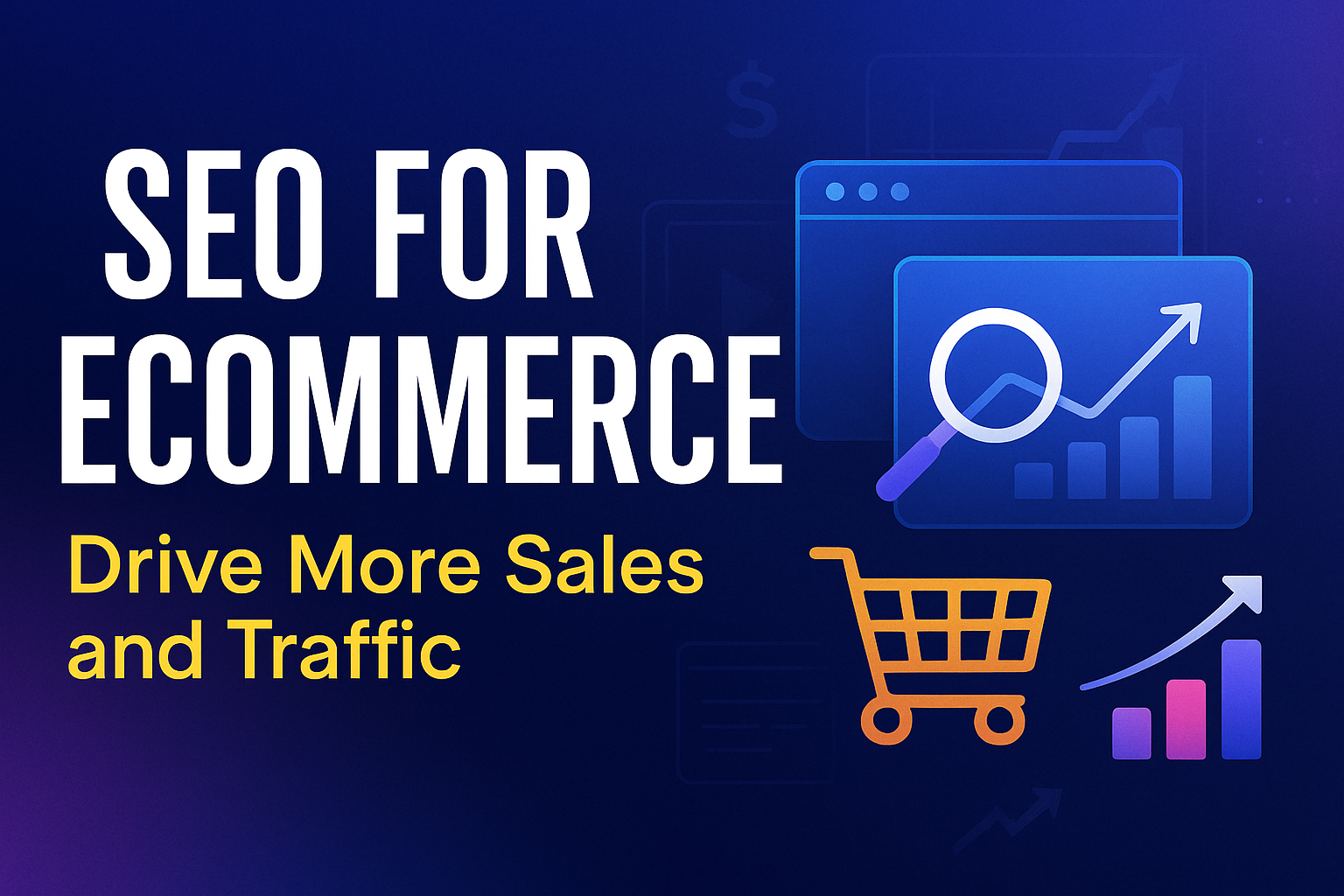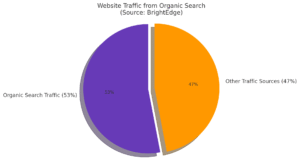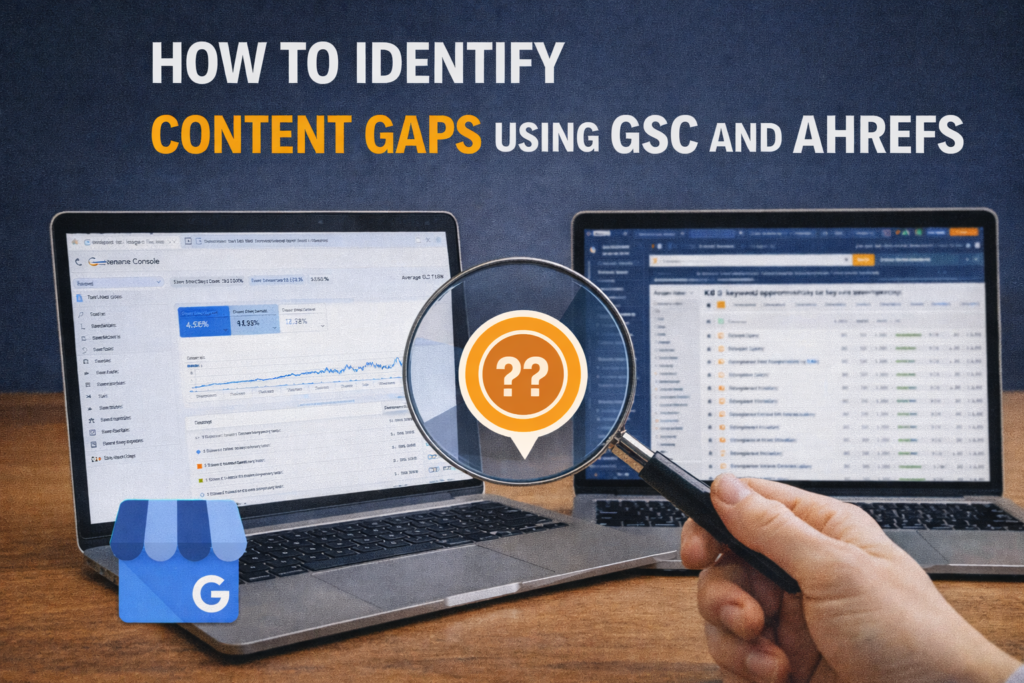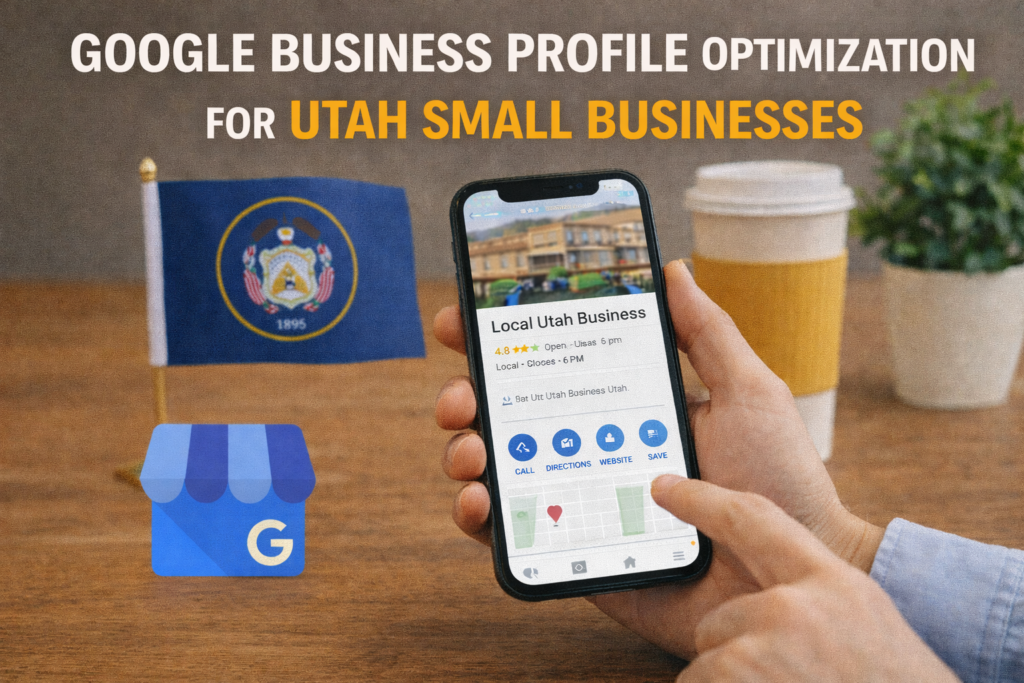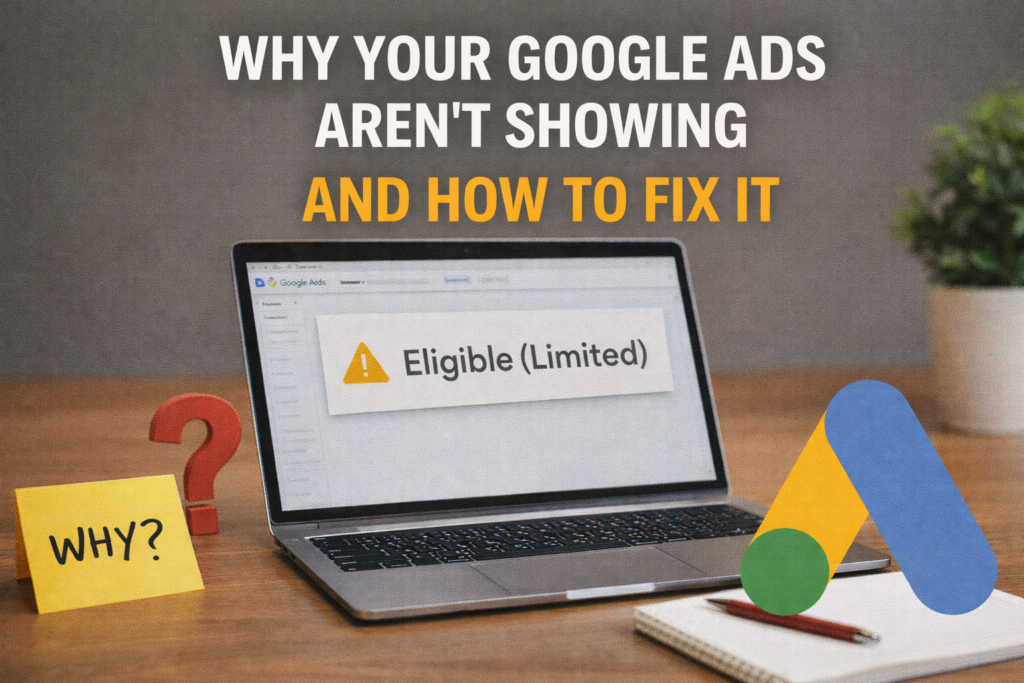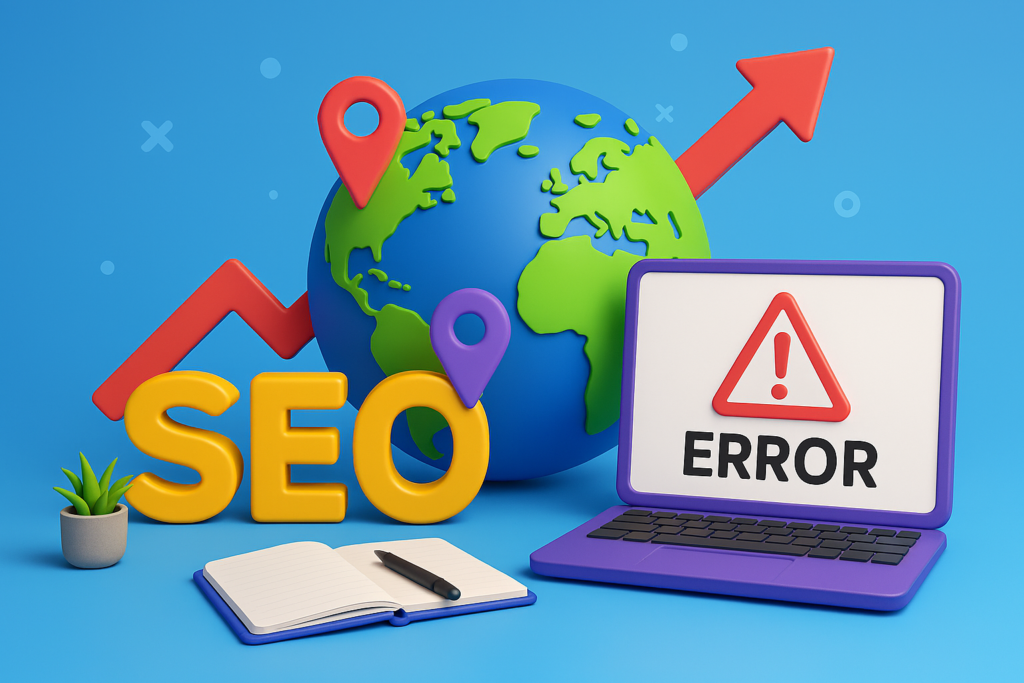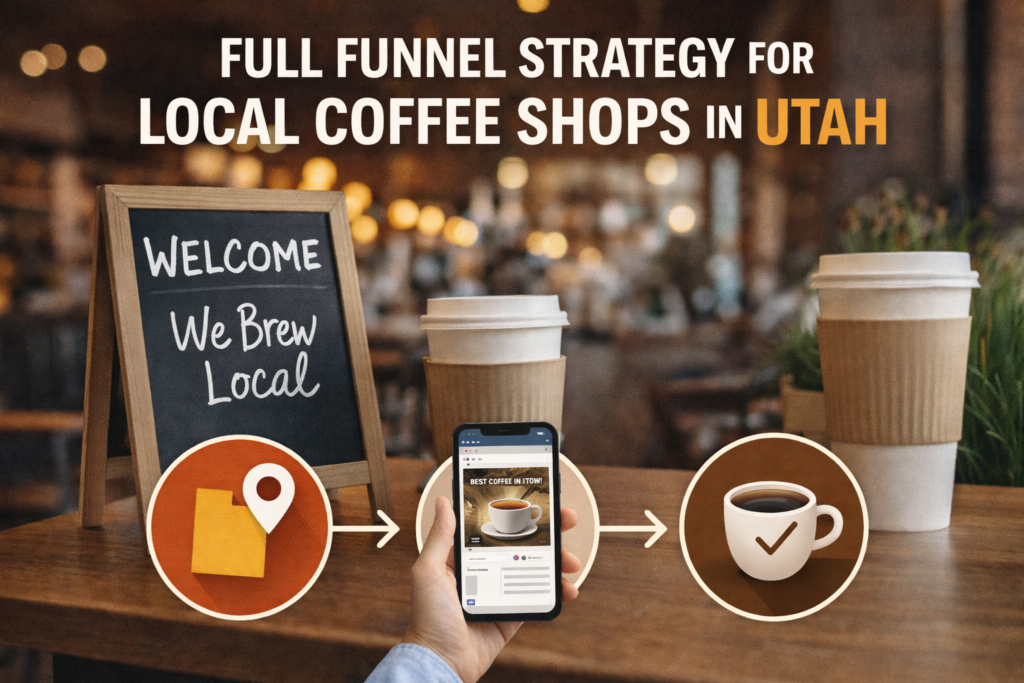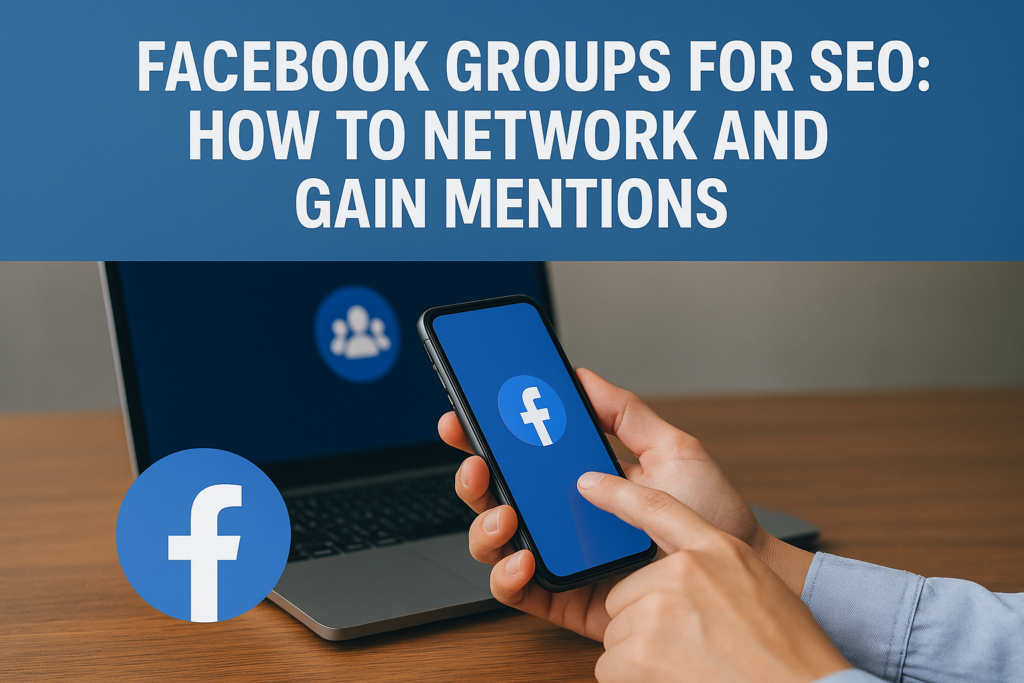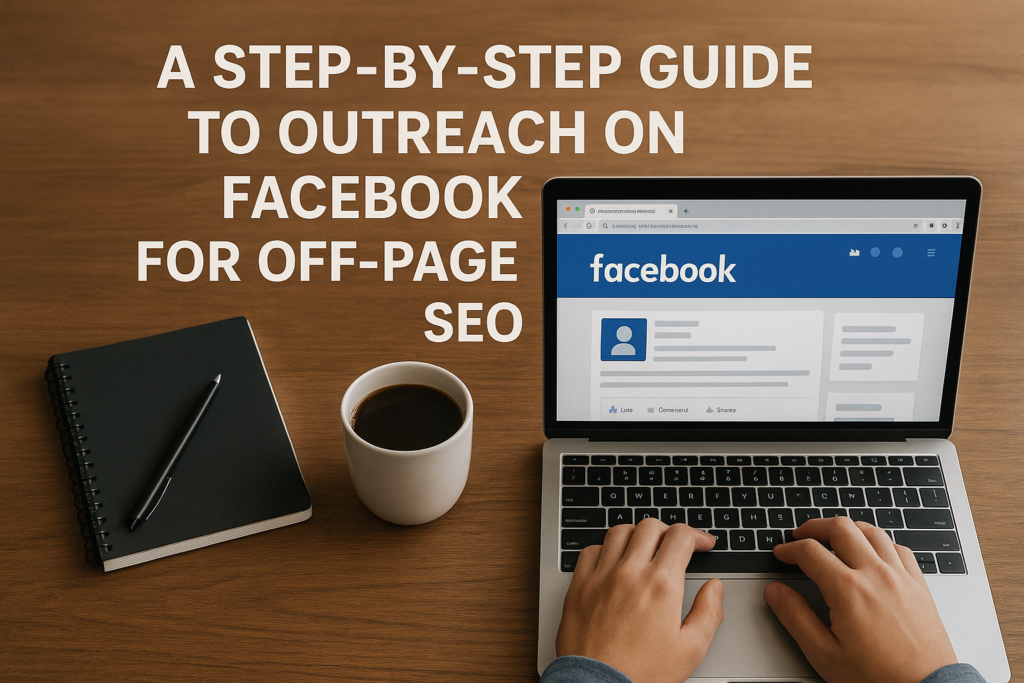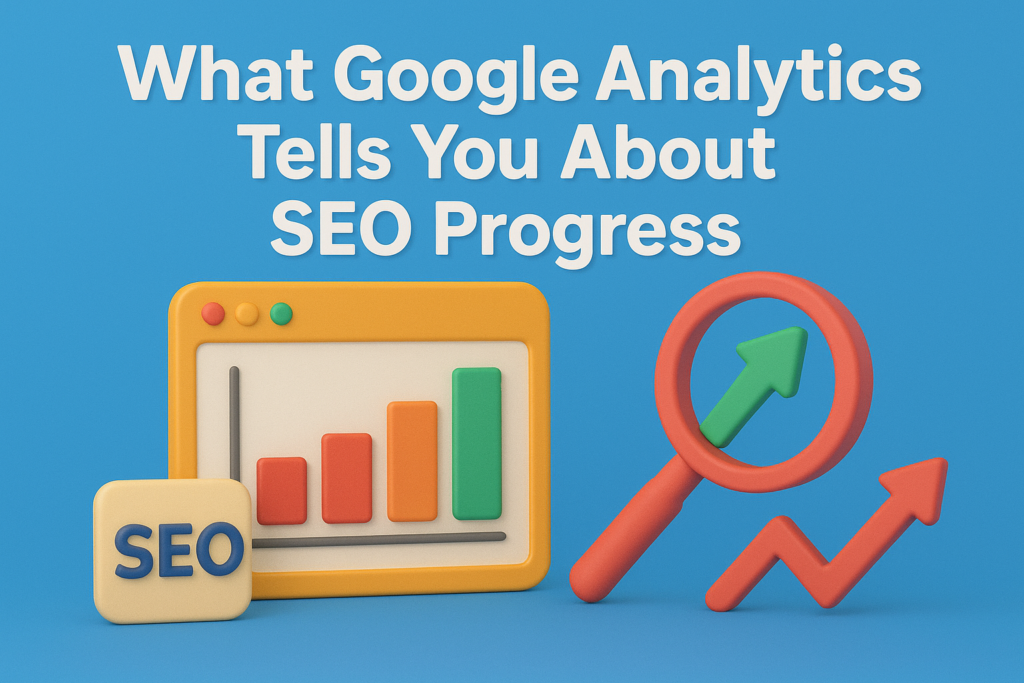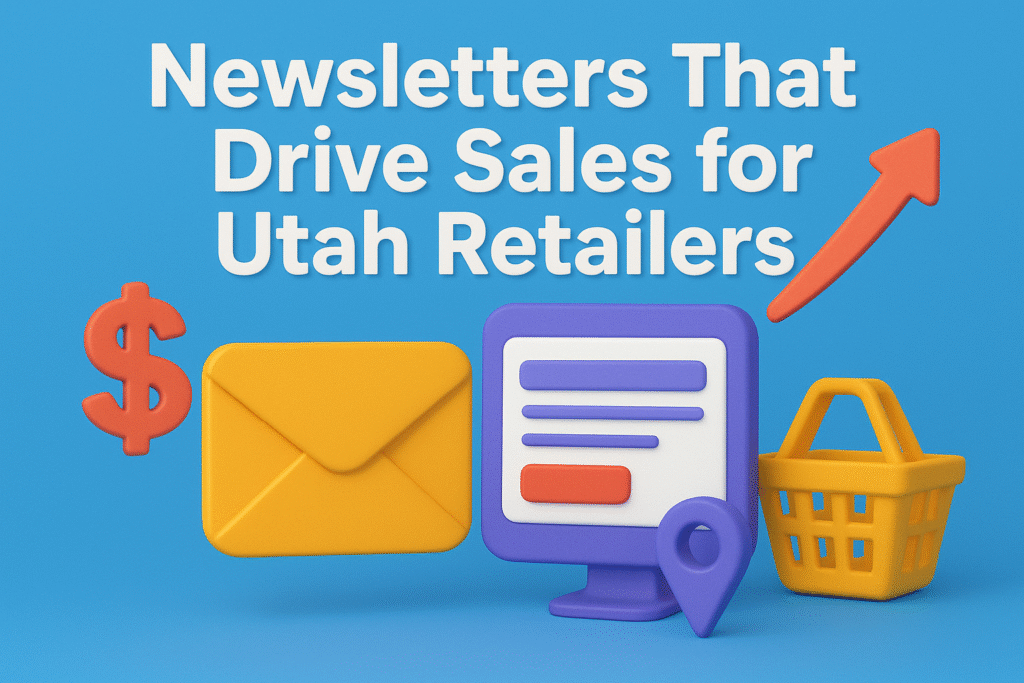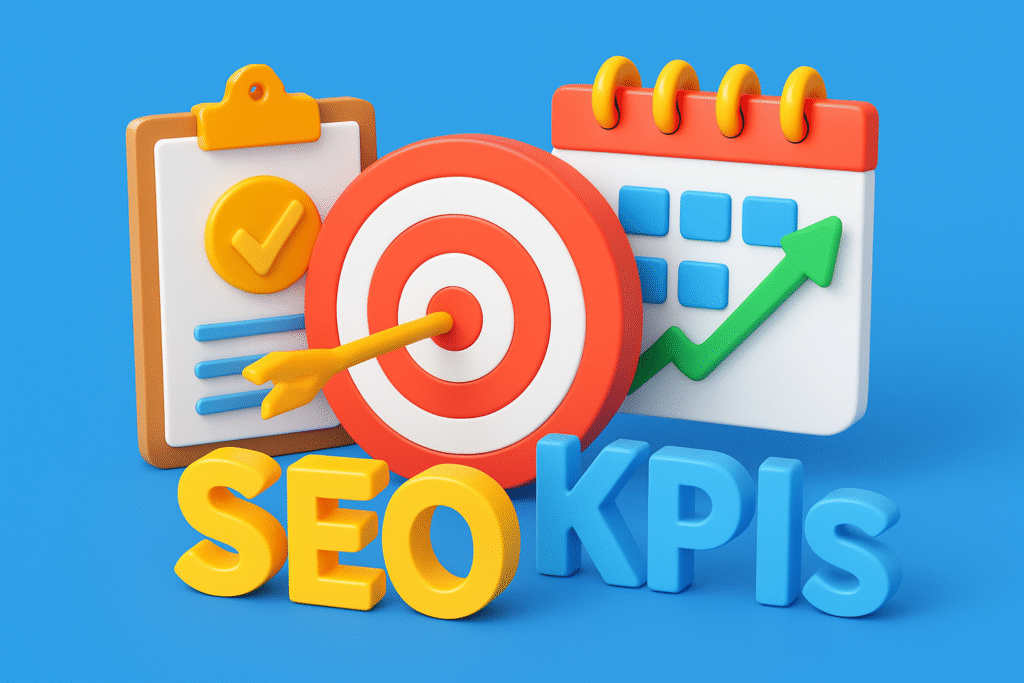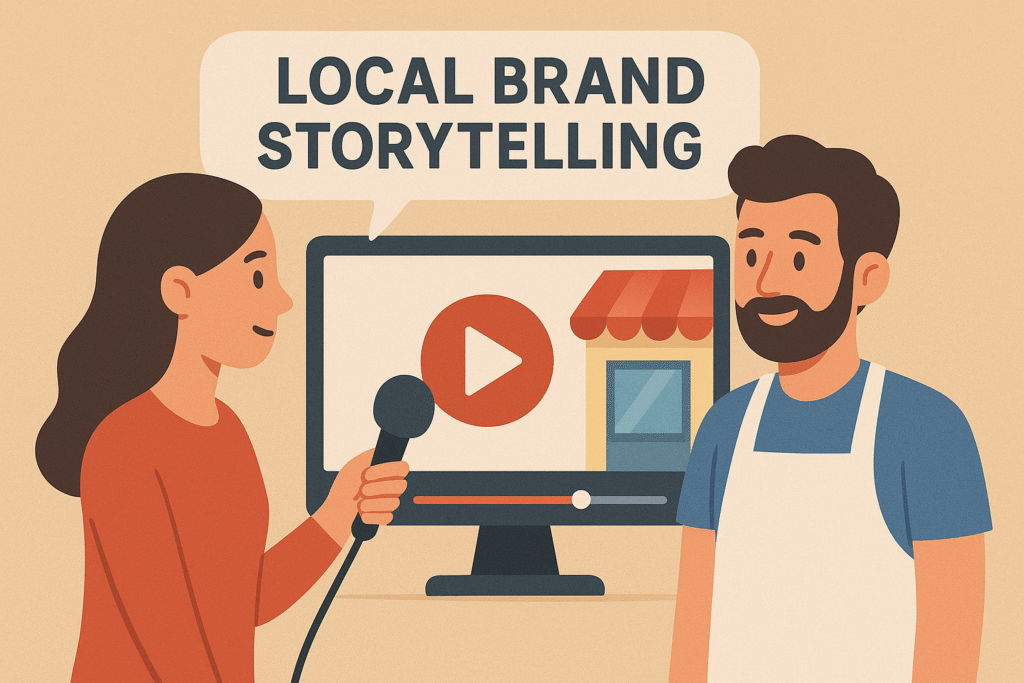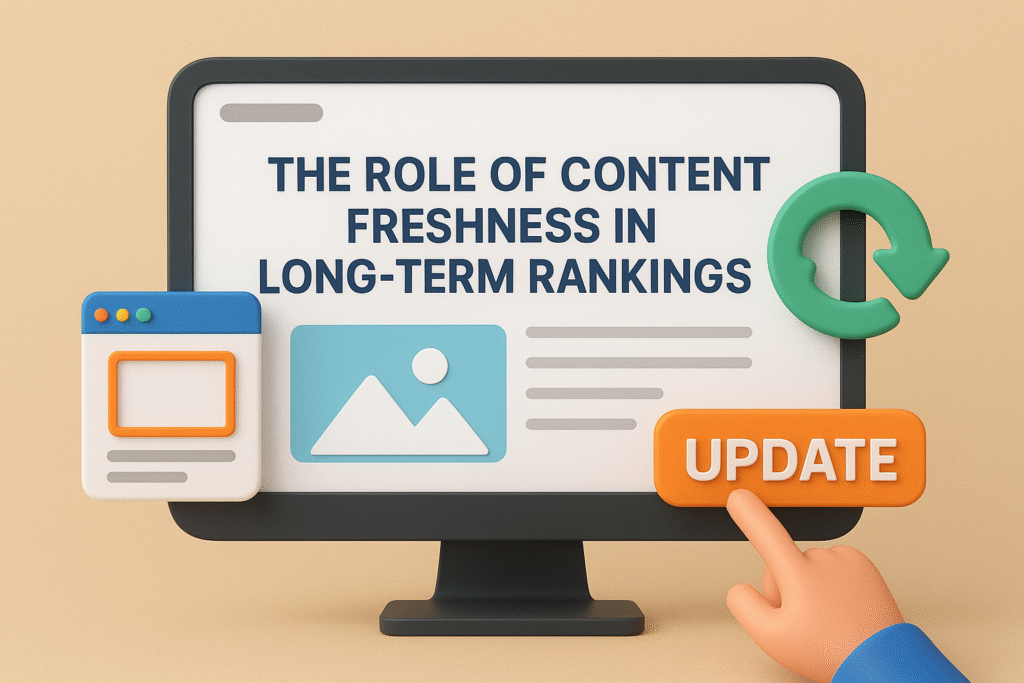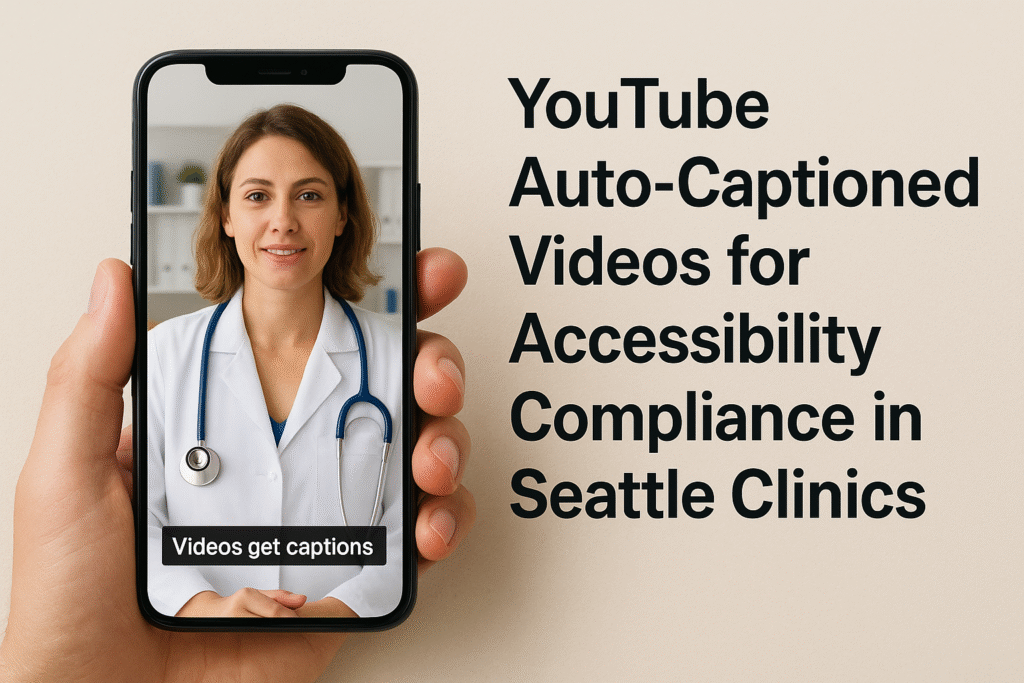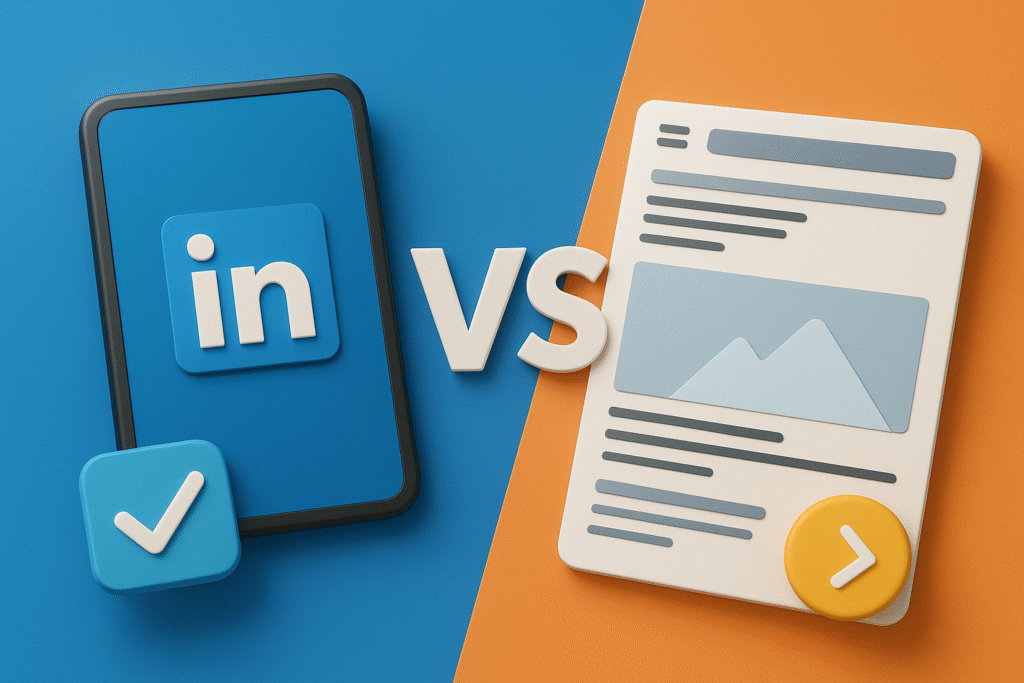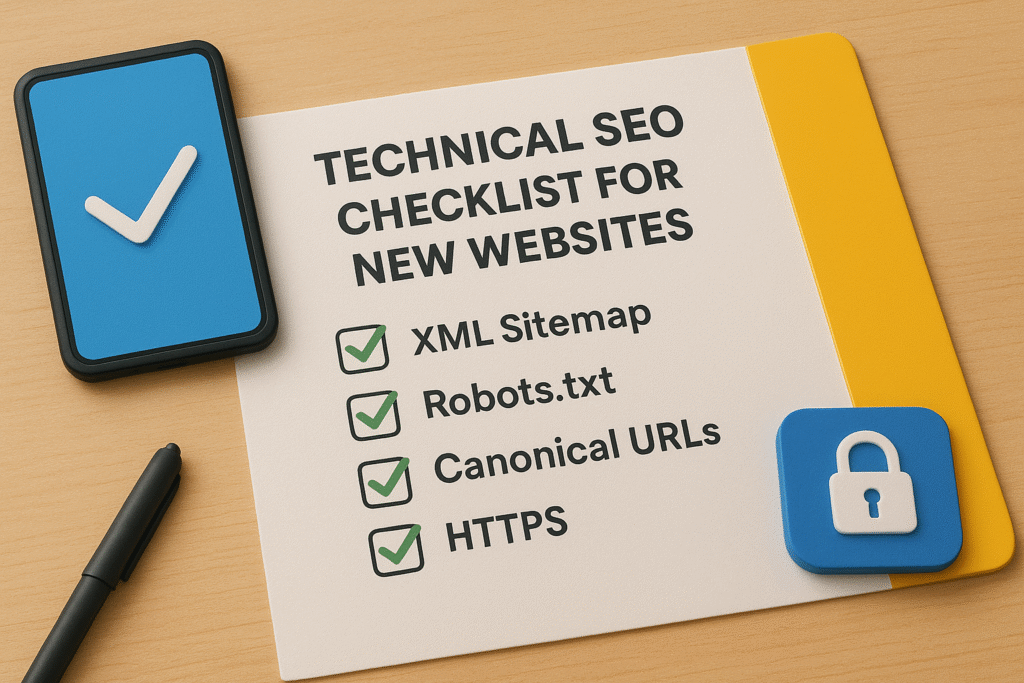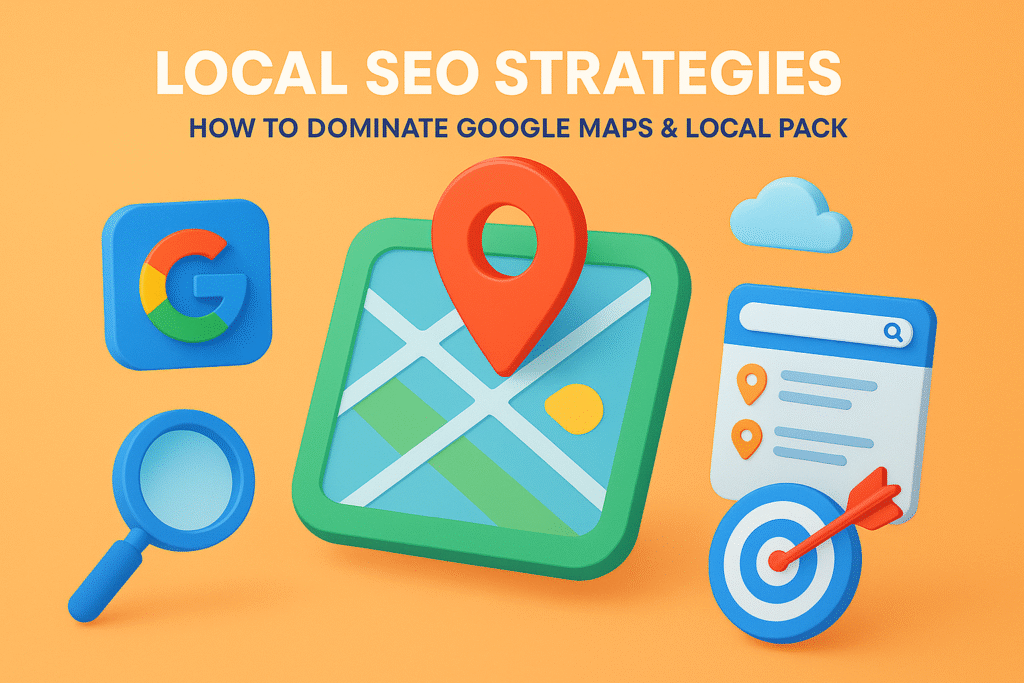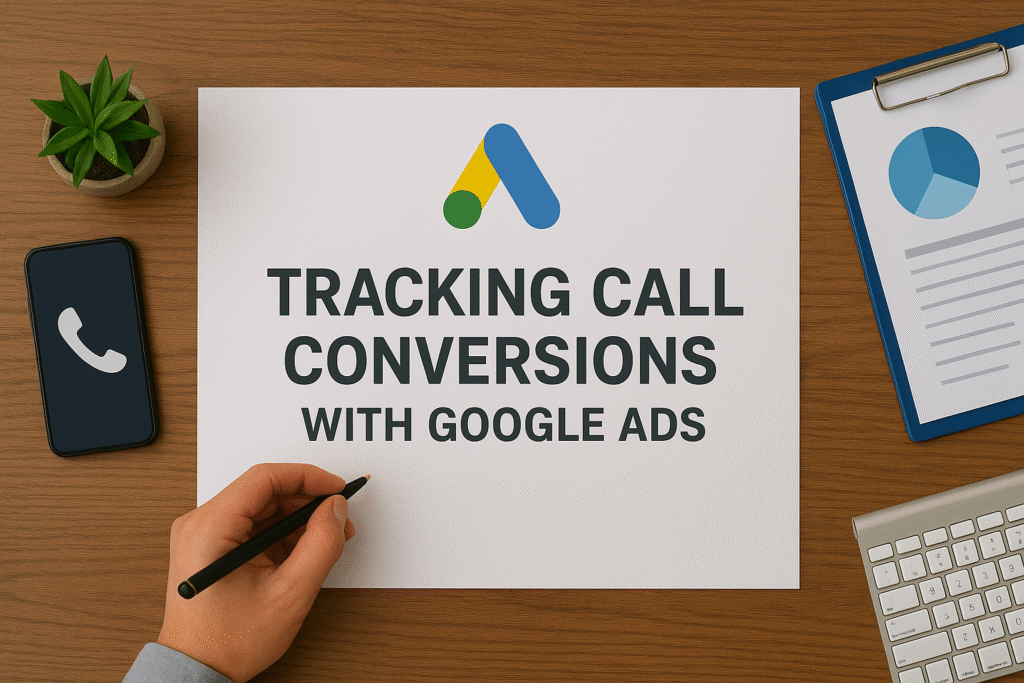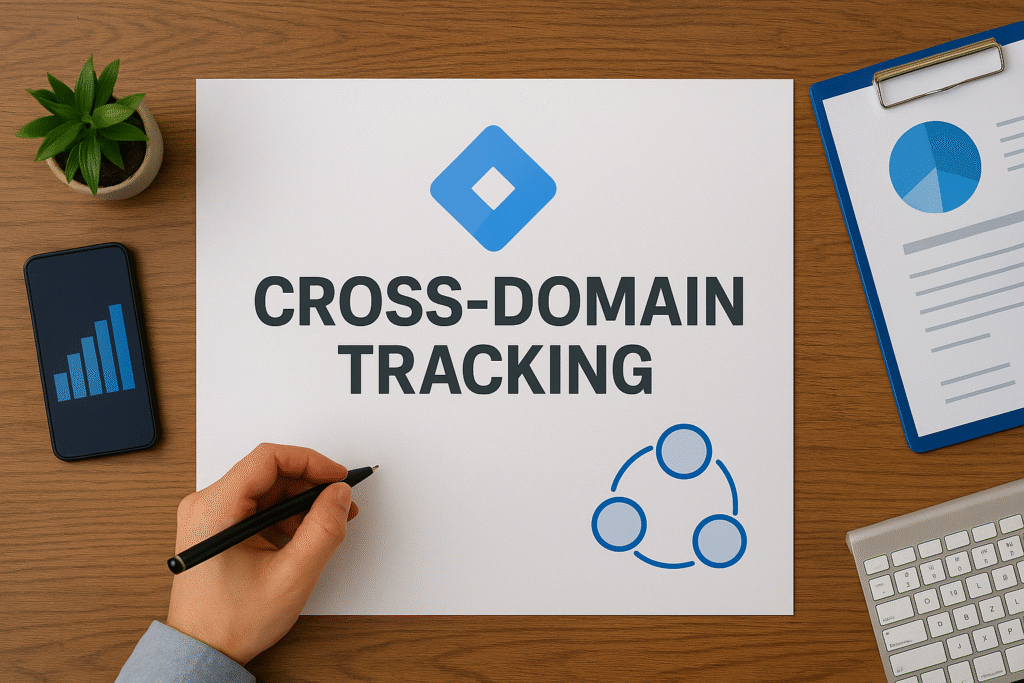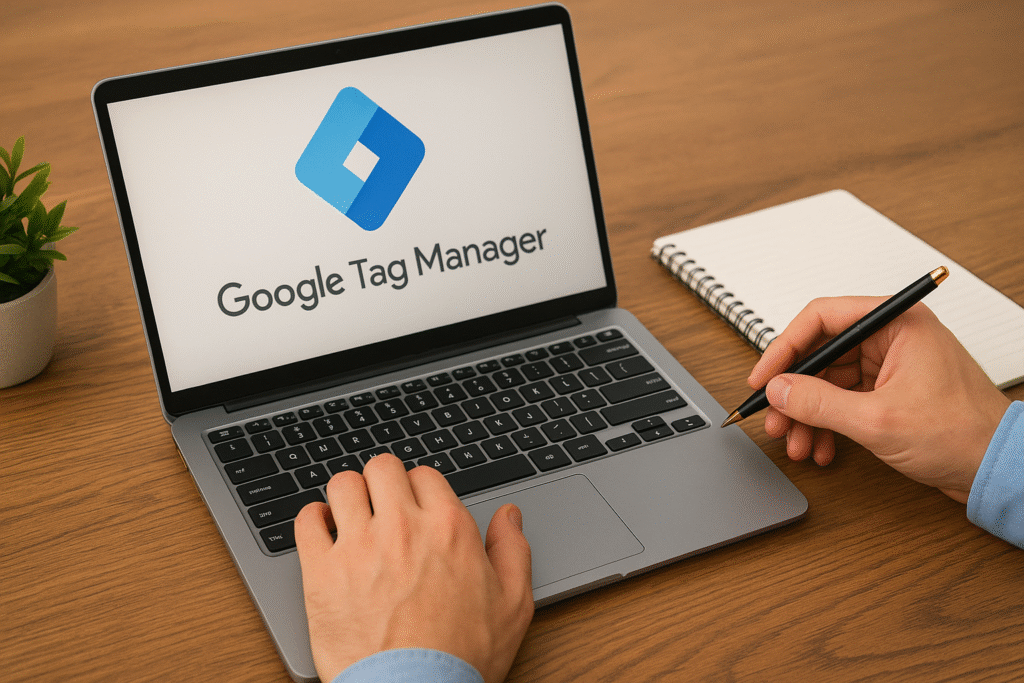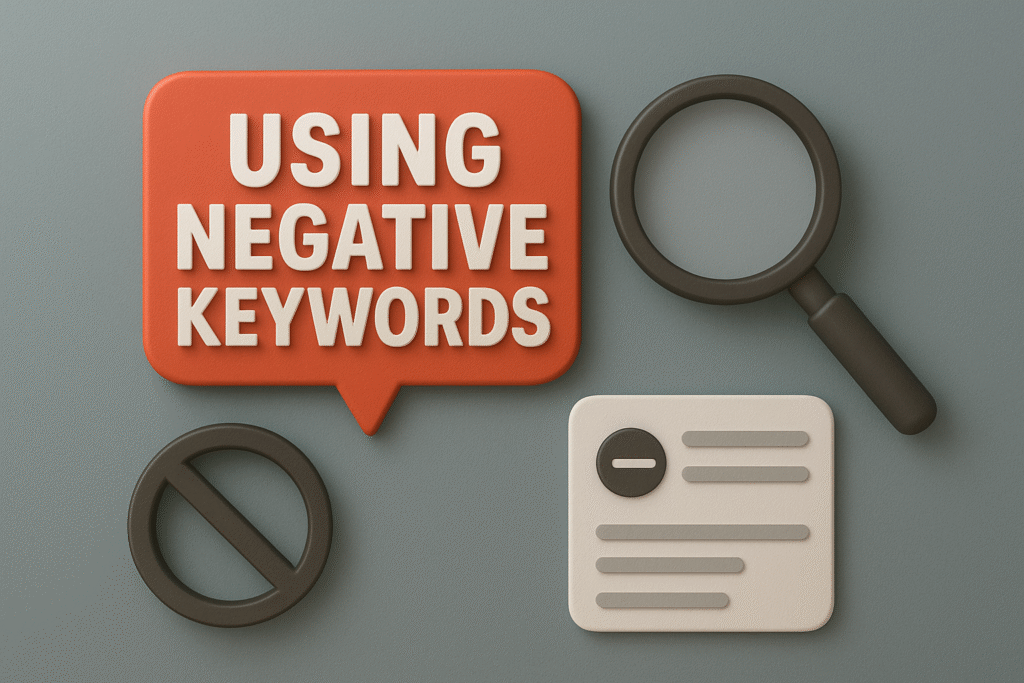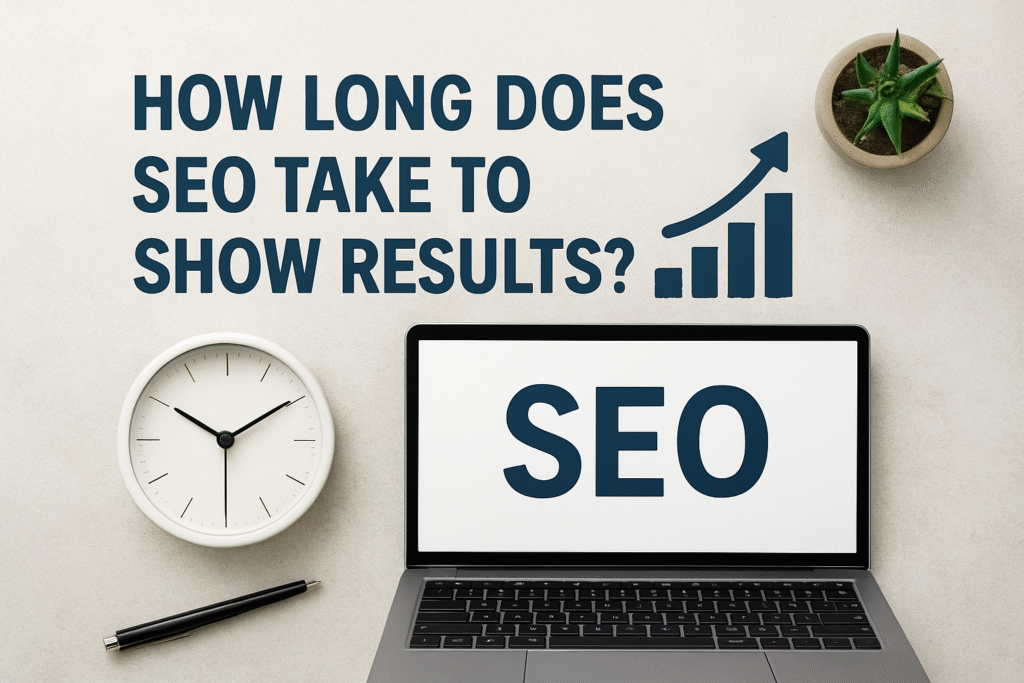I’ve worked with countless e-commerce brands that invest thousands into paid advertising while neglecting one of the most cost-effective and compounding growth channels — SEO for e-commerce. If you’re an online store owner, you already know that ranking higher in search engines means more traffic. But what most brands don’t realize is how strategically targeted SEO can drive not just clicks — but actual sales, time and time again.
“According to BrightEdge, over 53% of all website traffic comes from organic search, and e-commerce brands that invest in SEO experience higher ROI than paid channels.”
Source: BrightEdge
When I approach SEO for e-commerce, I don’t just think about visibility — I think about purchase intent, conversion optimization, and long-term scalability. Let me show you how I approach this systematically to build organic traffic that drives real revenue.
Why SEO for E-commerce is a Revenue Strategy
Most store owners see SEO as a slow process with vague outcomes. But the truth is, when done right, SEO for e-commerce builds durable, compounding traffic. Unlike ads that stop the moment your budget dries up, SEO keeps working 24/7 to bring in potential buyers actively searching for your products.
Here’s why SEO is non-negotiable:
- Customers trust organic results more than ads
- Product pages with good SEO convert at a higher rate
- You attract high-intent users who are already in the research or buying phase
“Pro Tip: SEO is the only channel where your traffic actually increases as your content matures — it gets better over time, not worse.”
Step 1: Start With Keyword Research That Matches Buyer Intent
Everything begins with the right keywords. I focus on keywords that align with search intent — specifically, transactional and commercial investigation intent.
Here’s how I research:
- Use Ahrefs or SEMrush to find product-focused keywords with commercial intent
- Look for long-tail keywords like “best running shoes for flat feet” or “leather laptop bags under $100”
- Use Google Search Console to analyze queries already bringing traffic
- Check Amazon autocomplete and Google Trends to discover niche phrases
Instead of just “shoes,” I target phrases like:
- “Buy waterproof hiking shoes online”
- “Men’s trail running shoes with grip”
- “Nike Air Max 90 black size 10”
This ensures my store pages match what buyers are actively looking for.
Step 2: Optimize Product and Category Pages
Product pages are the heart of SEO for e-commerce. But many brands treat them like simple catalogs, not landing pages. Here’s what I optimize:
- Unique product titles with primary keywords
- Custom meta descriptions that entice clicks
- Header structure with H1, H2, and H3 hierarchy
- Detailed descriptions that include features, benefits, and use-cases
- Alt tags for every product image
- Schema markup using Google’s Structured Data Markup Helper
“Pro Tip: Avoid using manufacturer descriptions. Google considers duplicate content low-value, and it won’t help you rank.”
Category pages should also be treated as ranking assets. I add:
- A short introductory paragraph with relevant keywords
- Internal links to top-selling products
- Clear breadcrumbs for better crawlability
Step 3: Improve Site Architecture and Internal Linking
Google rewards websites that are easy to crawl. Your site structure must allow both users and search engines to find products with minimal clicks.
Here’s how I structure e-commerce sites:
- Home > Category > Sub-category > Product
- Internal links from blogs to product or category pages
- Smart use of filters without generating duplicate or thin content
- Canonical tags on faceted pages to avoid cannibalization
“According to Moz, strong internal linking improves page authority distribution and helps increase organic rankings across your site.”
Source: Moz
Step 4: Optimize for Mobile and Page Speed
With most e-commerce traffic now coming from mobile devices, site speed and mobile UX directly affect both SEO and conversions. I use PageSpeed Insights and GTmetrix to evaluate:
- Mobile responsiveness
- Largest Contentful Paint (LCP)
- Time to Interactive (TTI)
- Image compression using TinyPNG
- Lazy loading for off-screen images
“Pro Tip: A 1-second delay in mobile load time can reduce conversion rates by 20%.”
Source: Google/SOASTA Research
Step 5: Create SEO-Focused Blog Content That Supports Sales
Blog content is often overlooked in e-commerce, but it’s one of the best ways to rank for long-tail informational and commercial keywords.
Here’s how I use blogging to support SEO for e-commerce:
- Create buying guides (e.g., “Best laptops for college students”)
- Write how-to posts related to your products (e.g., “How to clean suede shoes”)
- Feature product comparisons
- Link naturally to relevant category and product pages
I use Surfer SEO to structure content based on SERP data, and I internally link to boost category page rankings.
“According to Demand Metric, companies with blogs generate 67% more leads than those without.”
Source: Demand Metric
Step 6: Build High-Quality Backlinks
Link building for e-commerce isn’t about volume. It’s about building authority in your niche. I focus on earning backlinks through:
- Guest posting on industry blogs
- Product reviews from influencers or bloggers
- Submitting products to “best of” listicles
- Using Help a Reporter Out (HARO) for press mentions
Backlinks not only increase rankings but also drive referral traffic and brand awareness.
Step 7: Use Structured Data and Rich Snippets
Rich snippets increase CTR by showing extra details like price, ratings, and availability in search results. I implement:
- Product schema
- Review schema
- Breadcrumb schema
- FAQ schema using Schema Markup Generator
“Pro Tip: Adding structured data can increase CTR by 30% or more for e-commerce listings.”
Final Thoughts
I’ve learned over time that SEO for e-commerce isn’t just about getting more traffic — it’s about attracting the right traffic and converting it at a higher rate. When you implement the strategies above consistently, your online store becomes discoverable, trusted, and profitable. SEO is the backbone of sustainable growth in e-commerce. It doesn’t just drive visibility — it fuels conversion, brand trust, and long-term ROI.
If you want to dive deeper into technical SEO and link-building strategies tailored for online stores, check out my complete e-commerce SEO audit guide — it’s the exact framework I use with clients to 10x organic revenue.
Frequently Asked Questions (FAQs)
1. What is e-commerce SEO and why is it important?
E-commerce SEO refers to optimizing online store pages to rank higher in search engines. It’s important because it drives organic traffic that can convert into sales without relying on paid ads.
2. How long does SEO take for an e-commerce website?
You can begin seeing noticeable improvements in 3 to 6 months, depending on competition, site age, and the quality of your implementation.
3. Should I optimize both product and category pages?
Yes. Product pages drive conversions, while category pages help capture broader, high-volume keywords and support internal linking.
4. Can blogging help with e-commerce SEO?
Absolutely. Blogging allows you to rank for long-tail keywords, support internal linking, and establish topical authority that helps your product pages rank better.
5. How do I build backlinks to my e-commerce site?
Focus on product reviews, guest posts, influencer outreach, and digital PR strategies like HARO. Avoid spammy directory links or link exchanges.
6. What tools help improve e-commerce SEO?
Top tools include Ahrefs, SEMrush, Surfer SEO, Google Search Console, and Yoast SEO.

